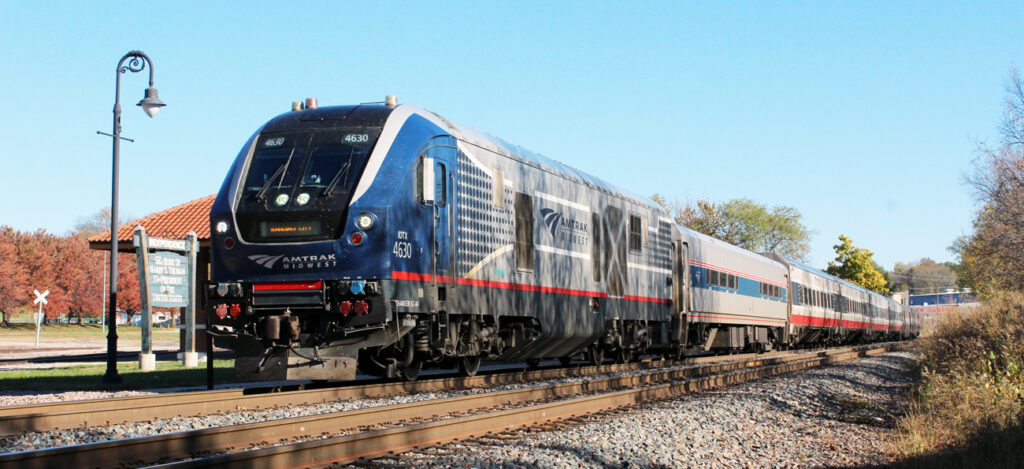All about the community of model railroading and rail enthusiasm
December 17, 2024
Amtrak achieved an all-time ridership record in fiscal year 2024 at 32.8 million customers as demand for passenger rail service continues to grow nationwide. Trips increased a whopping 15 percent compared to 2023.
Ticket and total operating revenue also posted big gains. Amtrak sold $2.5 billion in tickets, another record and a 9 percent increase over the previous year. Total operating revenue was up 7 percent to $3.6 billion.
Adjusted operating earnings improved 9 percent for fiscal year 2023 to $705.2 million.
Northeast and state-supported trains had the lion’s share of the all-time ridership record, increasing 15.9 percent and 15.8 percent, respectively. Long-distance route ridership increased 8.3 percent.
In the Northeast Corridor, Northeast Regional ridership was up 18 percent; Acela boardings increased 9.4 percent.

The Pacific Surfliner, Empire South and Keystone continued to be the largest among state-supported routes with more than one million riders each. The Pacific Surfliner posted 1,984,069 boardings, up 30.8 percent from 921,112 the previous year.
The Capitol Corridor, which runs from Auburn, CA, north of Sacramento through San Francisco to San Jose, topped one million riders with a 12.1 percent increase.
The Lakeshore Limited led long-distance routes with 398,420 riders, followed by the Silver Star (388,122) and Empire Builder (387,953). The Capitol Limited posted the largest ridership increase at 29.2 percent (163,136).
The uptick in business follows Amtrak’s unprecedented $4.5 billion investment in major infrastructure and fleet projects, creating the largest boom in rail construction in the railroad’s history.
Capital spending has gone toward modernizing Amtrak’s fleet as well as building bridges, tunnels and other infrastructure designed to enhance safety and reliability, expand capacity, spur economic growth and improve accessibility.
Among the projects is buying new Airo trains manufactured by Siemens in California that will serve 13 routes plus the Northeast Regional.
Several major upgrades to increase track capacity, improve ride quality and offer greater reliability are ongoing in the Northeast Corridor. Thirty miles of track between Washington Union Station and Baltimore Penn Station are being upgraded so trains can operate at higher speeds.
Amtrak says it is seizing the strong customer interest and leveraging investments to improve all aspects of the travel experience. Ridership has been on a sharp upward trend since 2022.
“Breaking our ridership record is just the beginning,” Amtrak CEO Stephen Gardner said. “This record ridership shows that travelers throughout the U.S. want efficient travel options, and we are committed to meeting that demand. Through bold investments, strong partnerships with states and host railroads, and dedicated planning, we are doubling down on our vision to connect more people and communities like never before.”
Amtrak also is working closely with state partners to establish new routes, upgrade stations and lay the groundwork for future corridor expansion.
One new train service and four additional routes have been expanded.
Amtrak aims to double ridership to 66 million by 2040 by providing an unmatched experience to attract new riders and serve new communities.
“We are modernizing our network and fleet so we can make every journey with Amtrak world class,” Amtrak President Roger Harris said. “As we build for the future, our investments in new equipment, expanded service and critical infrastructure will continue to elevate the experience from coast to coast.”